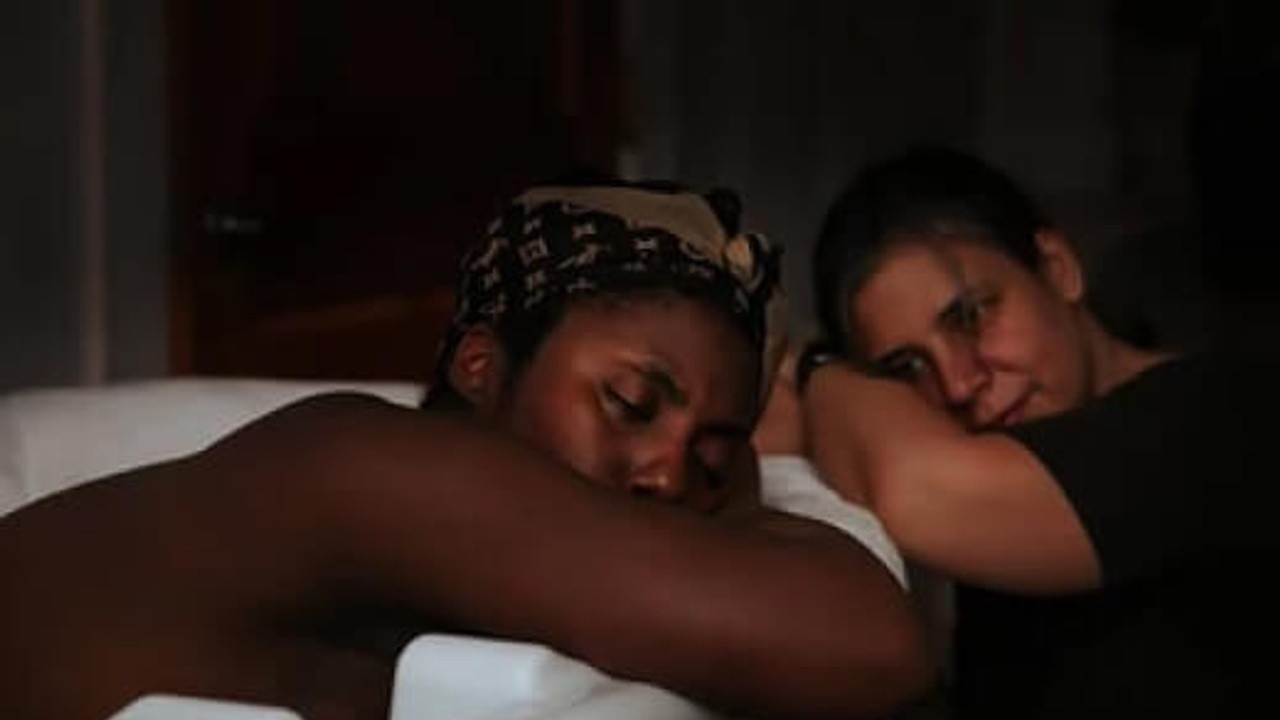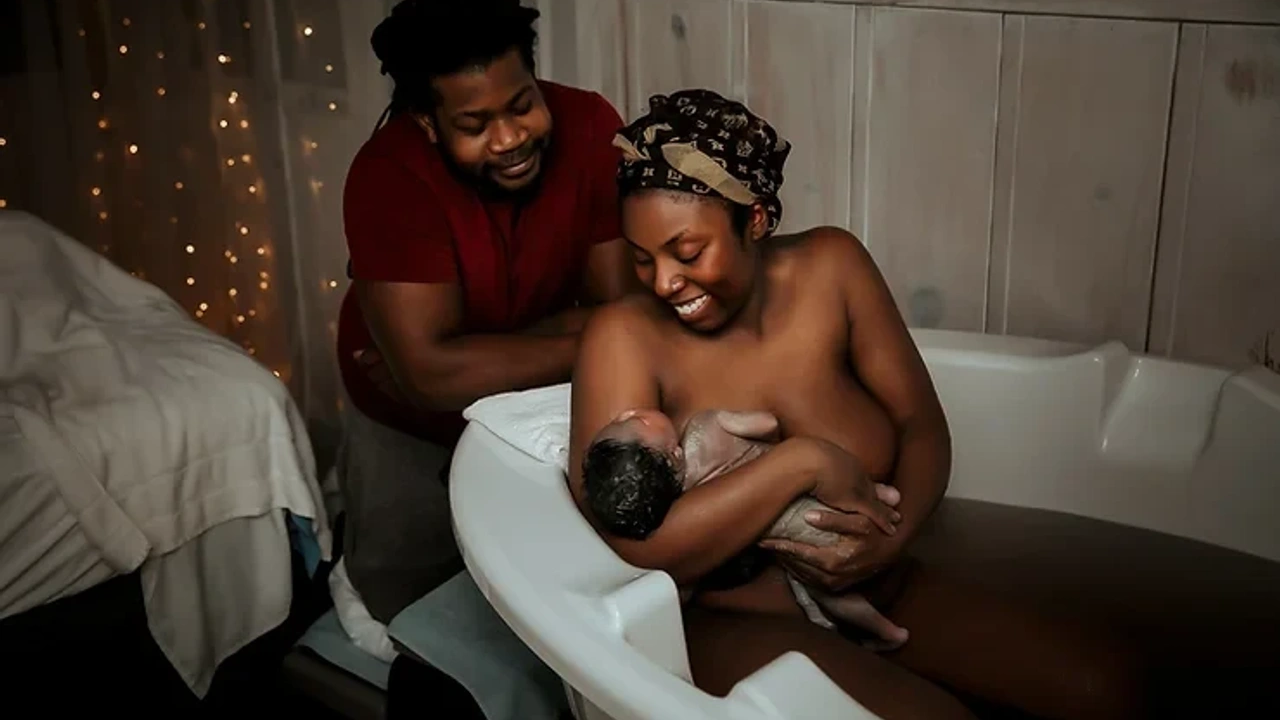The Miracle of Waiting
Oct 13, 2022
I've attended births in about twenty hospitals, at various birth centers, and with more than a handful of home birth midwives. Year after year, it feels like the more I know the less I know. Birth humbles and amazes me! But I do know precisely what my most valued characteristic is in any birth care provider.
My sister raises ducks. When we arrived for our visit last weekend a new batch of 19 eggs was in the incubator, almost ready to hatch. We knew what would come first – the pip, a tiny pinpoint breach in the shell that meant the duckling was ready for birth. After that, the zip, a crack extending from the pip around the circumference of the egg, as the duckling rotates its head. Finally, the baby duck will push its way out of the egg using head, wings, and legs, and will shake its wet feathers free.
Saturday morning the first pip was visible. We gathered around in excitement and cheered the little guy on. We knew from past experience that it could take time, but the pip was on-schedule. We canceled our outing, named the day “ducky day,” and decided to wait at home to watch the hatching. The 19-duck birth had begun.
A few others pipped throughout the day, but none zipped. It was a very nice, slow, birth-free Saturday at home. (BRIEF INTERMISSION: This is why, in our Intentional Birth program, we encourage first-time parents to ignore early labor – keep your planned outing, do your errands, go to bed on schedule – until labor can't be ignored anymore.)
By Sunday morning, my sister worried that she had made a mistake – perhaps the humidity level or ventilation had been wrong, or perhaps the parent ducks ate too much calcium and the shells were too thick for the babies to crack. Why weren't we seeing feathers yet?

Our first pipper had opened its shell to a half inch circle, but no zipping yet. Throughout the day, others pipped and finally in early afternoon one of them zipped – the kids and my sister and I circled around calling encouragement, “We believe in you!” After an hour or two, Diddle Diddle Dumpling pushed itself free.
But our first pipper hadn't made any progress. Our hearts hurt watching its beak peep, opening and closing into the gap it had created. We thought it must be stuck to its membrane, unable to turn its head within the egg to zip. We couldn't assist it (which does, contrary to common belief, sometimes still result in a healthy bird), because opening the incubator would disrupt the climate for the other hatchers, perhaps ruining everyone's chances. Heartbroken, we named this brave baby The Snuggly Duckling, giving up hope that it would ever know life outside the egg.
By the end of the day we had welcomed Pumpkin, Ichabod, Beaker, Dr. Bunsen Honeydew, and Rorschach. We thought that might be all who made it from this hatch, since so many had pipped and made no other movement. Not an excellent hatch, but at least we had six! That was more than my sister had hoped for earlier in the day.
We went to bed.
And then. Monday morning, we awoke to a much larger pile of ducks! And most wondrous of all, the egg with its window to The Snuggly Duckling was nowhere to be seen. The Snuggly Duckling had emerged! Somehow, even though it had made zero progress after pipping for 36 hours, it was born. And not only that, it was born so healthy it was indistinguishable from its siblings.

I happily report that by the end of Monday, we had 19 healthy baby chicks. Each shell eventually gave way, each baby pushed its way out, all were snuggled sleepily under their heat lamp. (Even for a big believer in birth, this was something of a miracle for birds being hatched away from their natural environment!)
Patience is my most valued characteristic in a birth care provider. (We teach the best questions to ask when interviewing providers in module 3 of Intentional Birth). There's no question we all want our doctor or midwife to jump into action if there is an emergency or a real medical concern; the last two of our ducklings did receive human assistance to finally escape their eggs so the incubator could be opened (they are both well!).
But true emergencies are as rare as true patience.
I've seen a human mother give birth past 43 weeks. I've seen another give birth vaginally after 42 weeks, following two prior cesareans. One of my clients was “completely dilated” for 8 hours before her baby emerged very gently into the world. One of Alicia's pushed for 12 hours. Many clients have experienced labor contractions for days before really diving into their births. More than once I have joined a client in good strong labor, and not welcomed a baby for over 30 hours.
All of this was possible because these women were supported by a care provider who was “willing to wait for it.” These providers were appropriately proactive, making suggestions as needed, monitoring for safety, but not rushing the mother. I won't lie that I, probably like these providers, harbored doubts and questions and fears until the baby was safely in its parents' arms. But trusting the mother and the process, we waited together.
Two very important questions that we teach in our Intentional Birth program, whenever an intervention is recommended are: “Am I okay right now? Is the baby okay right now, in this moment?” If the answer is yes to both questions, then waiting is reasonable.
Your birth journey will not fit on anyone else's map.
Welcome duckies!





